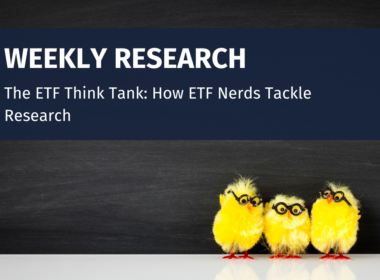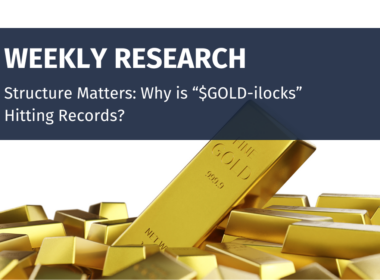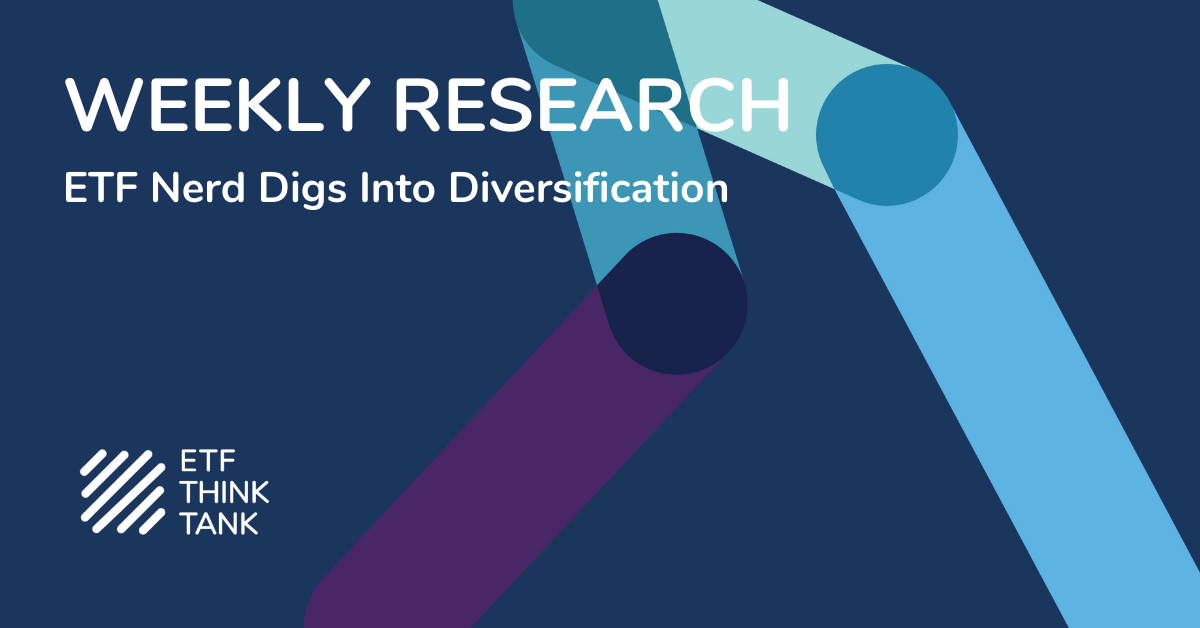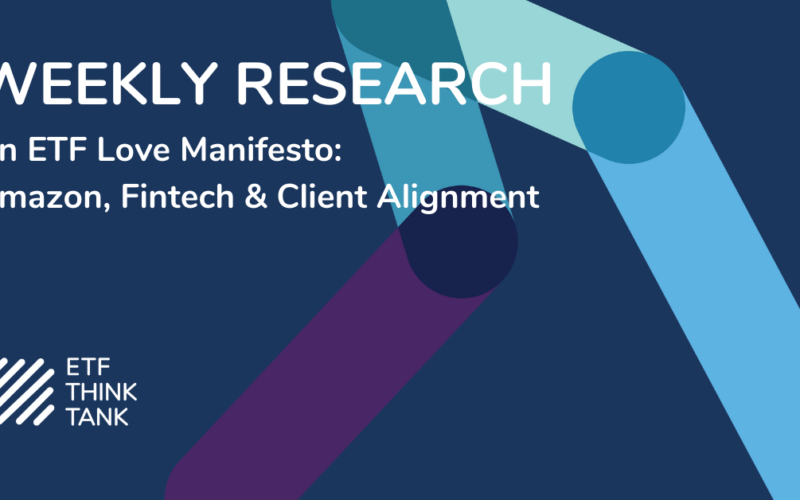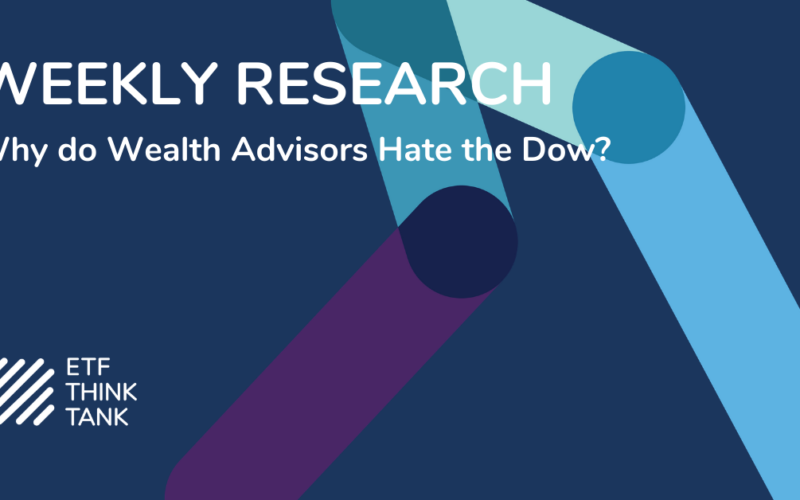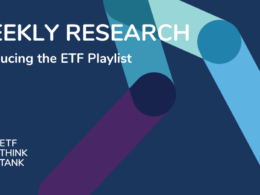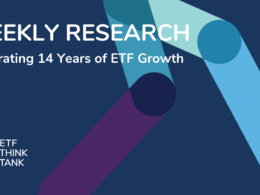In December of 2017, we introduced the ETF Nerd with our focus on the concentration of the ETF industry. The primary formula used to evaluate concentration is the Herfindahl-Hirschman Index (HHI), which was originally designed to help with anti-trust legislation by quantifying market share within an industry. The TETF Index team is continually researching better ways to compare ETFs while embracing the transparency client alignment growth factor. With that in mind, we propose a new way to view the concentration and diversification of equity ETFs. Our ETF Think Tank team is eager to hear the feedback from other ETF Nerds.

We believe that ETF growth requires more education, and investors need more information than simply expense ratios and volume to decide which ETF to purchase. Diversification has been one of the primary attributes of ETF investing but quantifying how diverse an index actually has been is quite difficult. We propose using HHI to rank the concentration of the holdings, sector, market cap, and top ten holdings. Get ready Nerds, here is our formula:
ETF Thinktank Diversification Calculator = ((HHIholdings * 100) + HHIsectors + HHImktcap +( top10 * 1000))/100
The idea is to allow investors to compare two ETFs and determine which is more diversified on multiple factors. See example below, the lower the score the more diversified:

As stated above, our goal through this process is to provide a more comprehensive look at concentration than when you look at these factors separately. In the example above where we compare two large cap US ETFs you can readily see that the Reverse Cap Weighted U.S. Large Cap ETF (“RVRS”) has a higher Holdings concentration than the Invesco S&P 500® Equal Weight ETF (“RSP”), which would lead you to logically conclude that RVRS is MORE concentrated. Yet when you look at the result by Sectors or Market Cap, RSP is MORE concentrated. And then, when you consider the Top 10 Holdings metric, it looks like you are back to RVRS being MORE concentrated. Because we believe all of these metrics should be considered when measuring diversification, we have developed the formula using all four of these measures to get what we believe is a truer, more complete picture — and in this illustration giving the nod to RVRS as being more diversified than RSP.
Based on this process, here are the ten most/least diversified ETFs:


As you can see, the most concentrated ETFs are sector or country specific and the most diverse are international in scope. Concentration can be a good thing for sectors or themes which makes this calculation more relevant when comparing two ETFs. As always, we are interested in incorporating your feedback into our ETF Think Tank and furthering the growth of the ETF industry.



